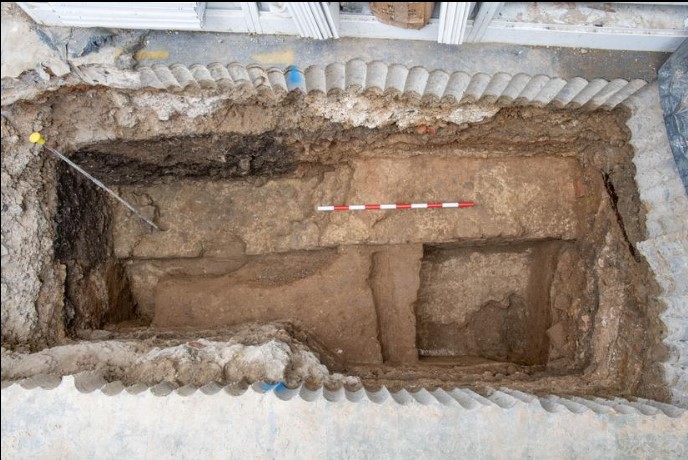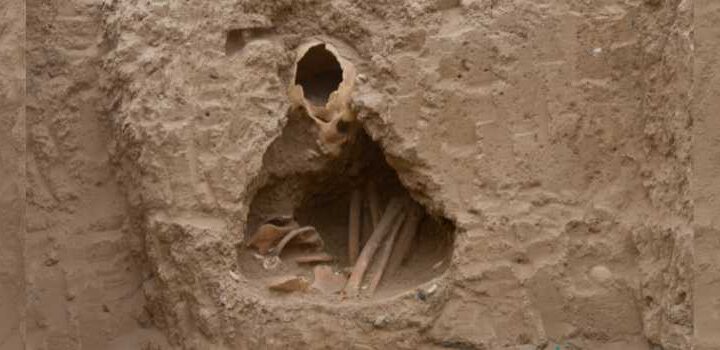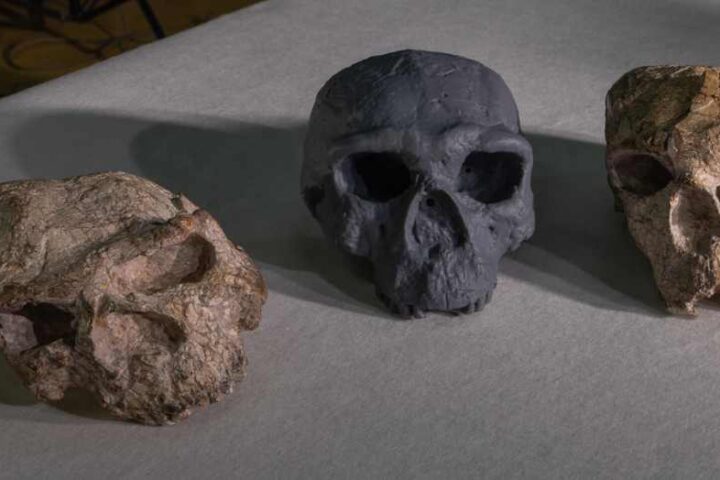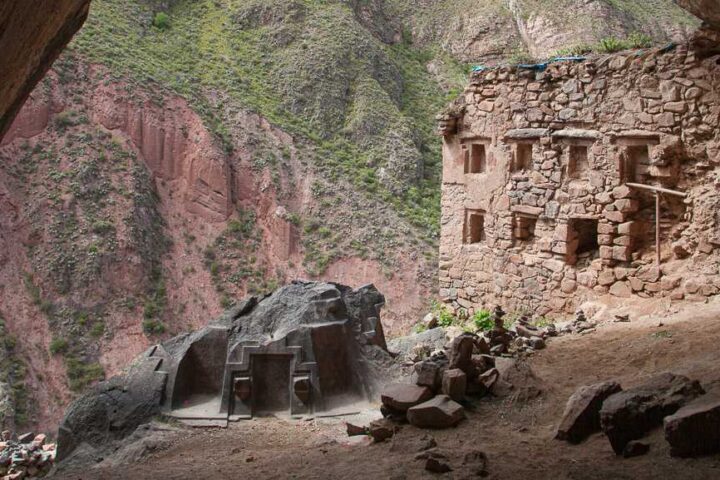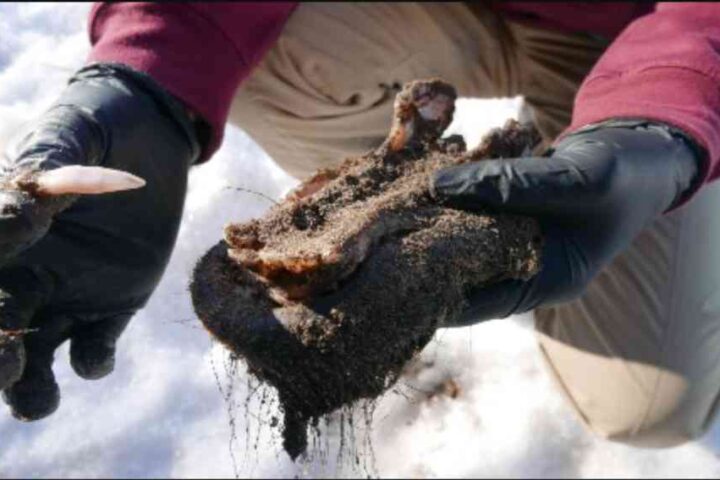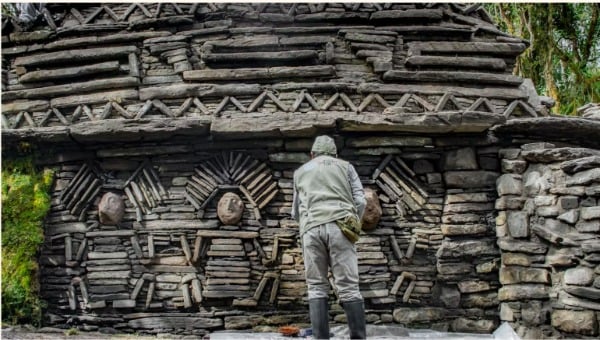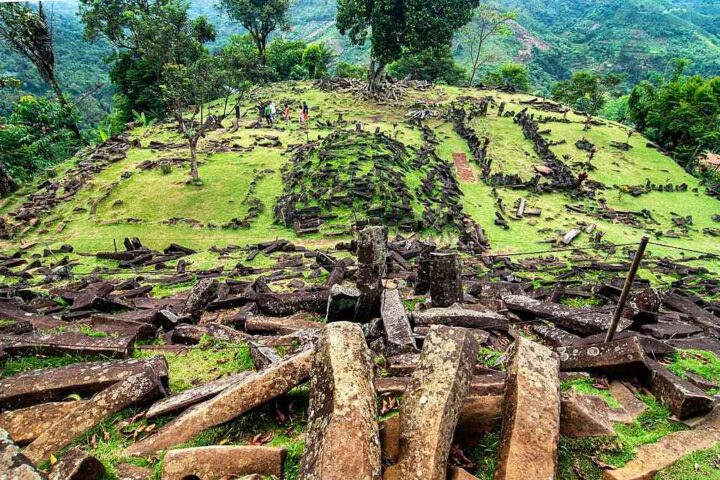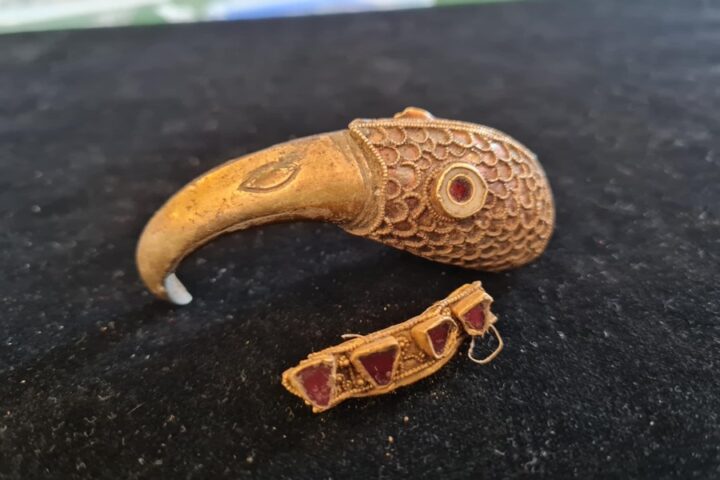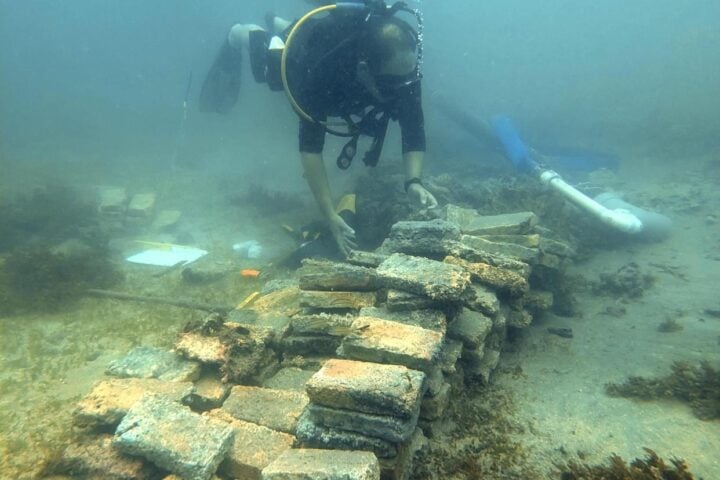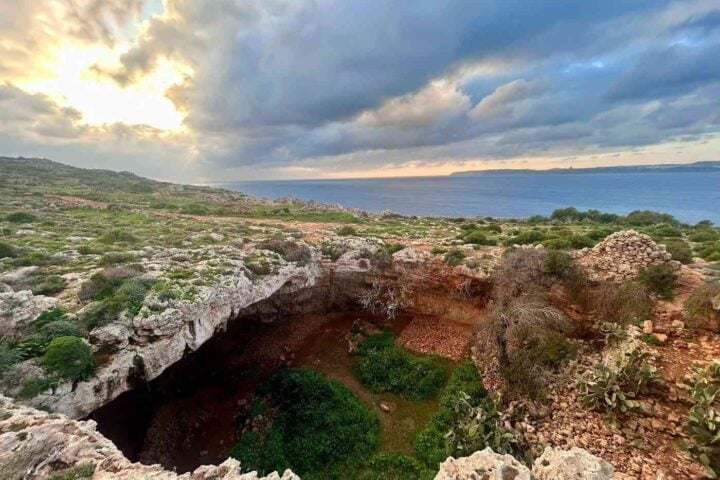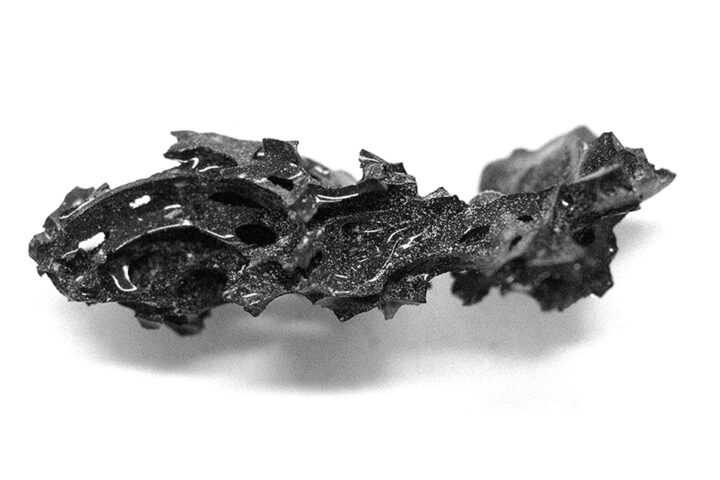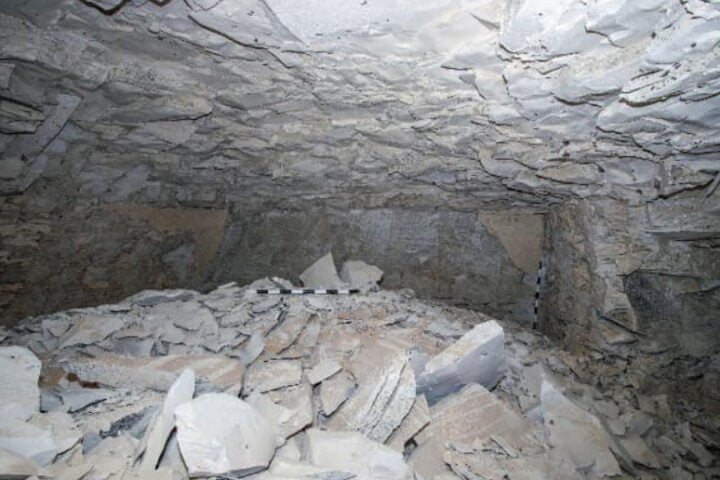Workers have found the remains of London’s oldest Roman public building under an office at 85 Gracechurch Street. The building, called a basilica, was like a town hall where Romans made important decisions about running the city nearly 2,000 years ago.
The stone walls they found are massive – extending more than 10 meters in length, 1 meter in width, and reaching depths of 4 meters. When it was first built around 80 AD, the building stood as tall as a two-and-a-half story building.
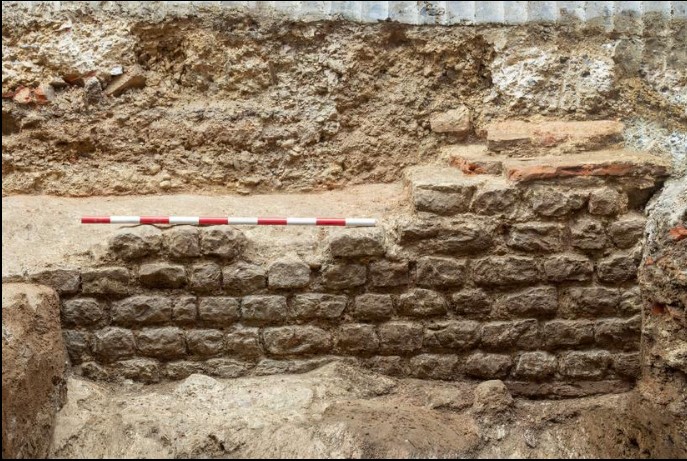
“This is the heart of Roman London,” says Sophie Jackson from the Museum of London Archaeology. “It’s like finding the House of Commons from 2,000 years ago.”
The Romans built this town hall just 20 years after a British queen named Boudicca had burned their city. The quick rebuild shows how determined they were to make London an important city. The building was replaced around 100 AD with an even bigger one as the city grew.
Similar Posts
The discovery has led to significant changes in the development plans. James Taylor, an architect working on the site, explains: “We’ve had to move support columns and reduce the number of lifts to protect these ancient stones.”
But the owners have decided to make the Roman remains part of their new building. Once construction is finished, anyone will be able to visit and see these ancient walls. They’ll join other Roman sites in London that people can visit, like an amphitheater under the Guildhall Art Gallery.
The archaeologists found other interesting items too, including a roof tile with an official Roman stamp marked into it.

“Walking around London today, it’s amazing to think about the Roman city lying under our feet,” says Chris Hayward from the City of London Corporation. “You can see how London has grown from a Roman town to today’s city of skyscrapers.”
The discovery tells us exactly where Roman officials made their decisions about running London. It shows how they turned a conquered city into a properly run town with government buildings, markets, and courts – much like we have today.
